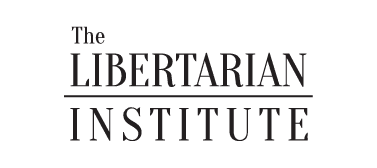President Barack Obama’s administration ending its eight-year rule by expanding the sharing of intercepted communications and data between federal agencies may feel a little bit like a final giant middle finger to the many critics of the massive, secretive surveillance state.
Attorney General Loretta Lynch just signed off on changes that will increase the ability of the National Security Agency (NSA) to share some raw intercepted data with other agencies before the process of filtering out private information from people unconnected to actual targets. The snooping itself is not changing, but more people will have access earlier in the process.
Specifically this is surveillance authorized by Executive Order 12333, the provisions that outline the conduct of intelligence agencies. These are rules separate from the Foreign Intelligence Surveillance Act (FISA), the PATRIOT Act, and the new USA Freedom Act. The 12333 rules are specifically intended to oversee surveillance of foreign targets and foreign countries. It has very little oversight outside of the executive branch.
Because of the intelligence community’s attitude of “collect everything and sort it out later,” the surveillance taking place through 12333 also ends up gathering all sorts of communications and data from domestic sources. What had been happening is that the NSA would filter out anything other agencies shouldn’t be getting access to and then pass the info along. Under the new rules, these other agencies will be able to search through the raw information itself but would still be required to purge unrelated communications.






